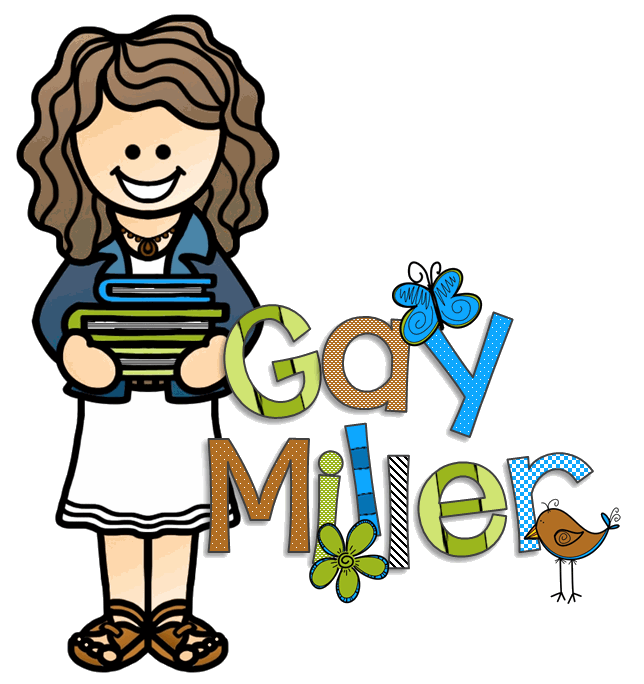
This figurative language lesson on sarcasm includes a free organizer and digital resources. It’s perfect for 4th, 5th, and 6th graders. The lesson introduces the definition with kid-friendly examples, plus activities that build vocabulary and comprehension.
Definitions of Irony and Sarcasm
Irony is the difference or contrast between expectations and reality in a circumstance.
Irony is often only recognized after the fact, since it usually takes new information to reveal that an earlier assumption or remark was completely wrong.
Sarcasm is a remark where the speaker says the opposite of what’s true, usually to amuse or sometimes to criticize. It can be playful and teasing—or sharp and cutting—depending on tone and intent.
Sarcasm Examples
Example 1:
When you expect something to happen, especially after warning someone about it, someone says, “Well, what a surprise.”
Example 2:
When someone says something very obvious: “Really, Sherlock? No! You are clever.”
Example 3:
When a friend shows vacation photos:
“What an awful place! I hope to go there someday.”
The sarcasm comes from saying the opposite of what you mean to be funny.
Example 4:
When someone makes a mistake:
“Very good; well done!”
This sarcastic comment is delivered in a teasing voice so the person knows it’s meant playfully.
Example 5 from Literature:
Lewis Carroll’s Alice in Wonderland — the Cheshire Cat’s unhelpful but witty replies to Alice’s questions about directions are sarcastic because, while true, they don’t actually solve her problem.
Example 6 from Literature:
J.K. Rowling’s Harry Potter and the Order of the Phoenix — when Uncle Vernon accuses Harry of “listening to the news,” Harry responds:
“Well, it changes every day, you see.”
His remark is sarcastic because he twists the meaning of “news” to defend his behavior.
Free Sarcasm Activities
Free Mini Lesson

This lesson introduces students to sarcasm and serves as a vocabulary-building exercise for upper elementary and middle school students. Read the definition and find examples with this free mini-lesson. The lesson includes a video, slides, and printables to help students understand and identify sarcasm in various contexts.

In this mini-lesson, students watch a video explaining the definition and providing examples. After viewing the video, students pause it to complete either the digital or printable organizer. Once they finish the organizer, they resume the video to check their responses. This activity provides an excellent introduction to a lesson, ensuring students can effectively grasp and recognize the concept.
Check out the lesson video here. Be sure to get the handout first. It contains the organizer that goes with the video.

Want to Dig Deeper?
Activity #1: Blog Post
This blog post, “But I Just Love Mondays! 3 Situational Games to Teach EFL/ESL Sarcasm,” provides instructions for game activities.
Activity #2: Blog Post
This post titled “How Do We Understand Sarcasm? explains why it is important to teach young children and individuals with autism to recognize sarcasm.
Activity #3: Poster with Examples
Have students create their own posters with examples. This would make a great small group activity, with each student creating one section of the poster.
Activity #4: Sarcasm in Pop Culture
Explore examples of sarcasm in popular movies, TV shows, and literature. Have students identify and discuss sarcastic remarks from their favorite characters. This activity helps students recognize sarcasm in various contexts and understand its impact on communication.
Here is an example mini-clip from “Family Guy.”

Activity #5: Sarcasm vs. Irony
Have students compare and contrast sarcasm and irony. You can learn more about irony on my blog here. Provide examples and ask students to identify which is used in different sentences. This activity helps clarify the subtle differences between these two forms of figurative language.
Activity #6: Sarcasm in Historical Speeches
Analyze historical speeches or famous quotes that use sarcasm. Discuss the context in which these remarks were made and their intended effect on the audience. This activity connects figurative language to historical and cultural contexts, deepening students’ understanding.
Here is an example to get you started: One famous example of sarcasm in a historical speech is Winston Churchill’s speech to the House of Commons on November 10, 1942. After the British victory at the Second Battle of El Alamein during World War II, Churchill remarked:
“This is not the end. It is not even the beginning of the end. But it is, perhaps, the end of the beginning.”
This statement is sarcastic because it undercuts the expected triumphant declaration with a more sobering and realistic perspective on the war’s progress. It highlights Churchill’s ability to keep expectations grounded while still acknowledging a significant turning point.
Sarcasm adds humor, wit, and edge to communication. Through this lesson, students will:
- recognize sarcasm in everyday life, literature, and speeches
- understand how sarcasm contrasts with irony
- gain confidence in identifying and analyzing figurative language
Don’t forget to download the free mini-lesson with video, slides, and printables to reinforce these skills in your classroom.
Happy teaching, and may your students master the art of sarcasm!
Check out the entire series on figurative language.
See the product that inspired this post.
The video lesson on sarcasm is a sample from Figurative Language Digital + Printable Video Lessons & Organizers.



